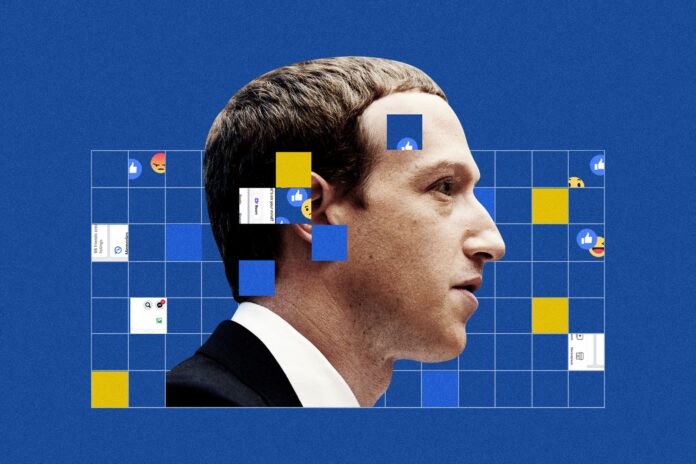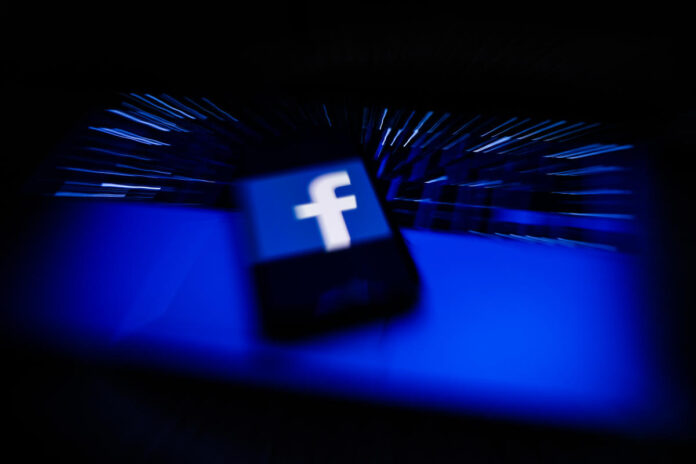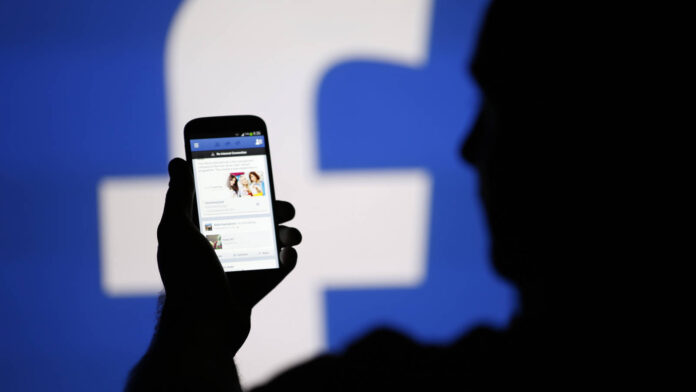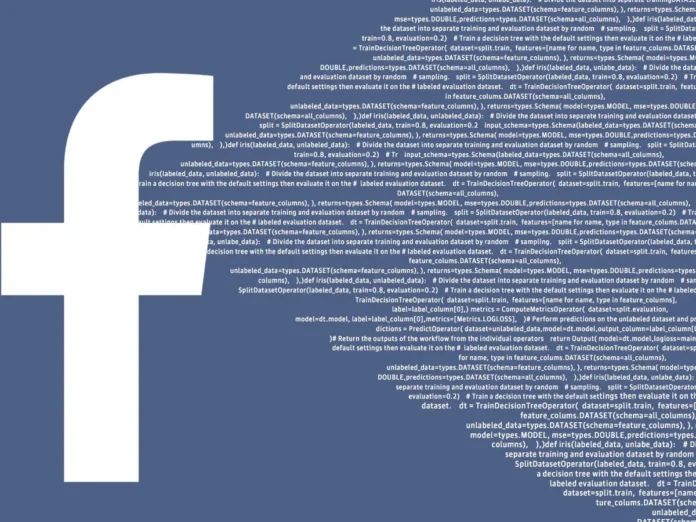
Facebook algorithms decide in what order a user will see certain publications when they open a newsfeed. Before 2009, all content was displayed in chronological order.
After that, the social network opted for ranking algorithms and started evaluating the content and sorting it based on each user’s interests. This made life much more difficult for brands and reduced the reach of their posts.
Stages of Development of Facebook Algorithms

Let’s look at how algorithms work and how to adapt Facebook accounts to them from https://accsmarket.com/en/catalog/facebook.
Facebook uses thousands of data points – ranking signals – to rank user preferences. Over the years, ranking signals have been added and removed. Their importance has changed depending on what Facebook thinks is interesting to users.
2009
Facebook introduced a sort order in which the posts with the most likes were placed at the top of the feed.
2015
Facebook began downgrading pages that posted large amounts of promotional content or organic posts that looked like ads. A “View First” feature also appeared. Users were able to set the priority of posts, thereby directly influencing the algorithm.
2016
Developers added a ranking signal – “time spent”. The value of a post began to be measured by the amount of time a user spent on it, even if they did not like it or repost it.
2017
Facebook began prioritizing emotional responses. For example, hearts or angry emoticons were valued more than regular likes. Another ranking signal was also added for videos: a completion rate. Videos that were viewed to the end were seen by more people.
2018
Posts that elicited more positive reactions and interactions were now valuable. These changes were meant to improve the quality of time people spent on Facebook. Posts from friends, family, and groups became a priority. Brands needed to be even more thoughtful about content so that it elicited as many reactions as possible. That was the only way they had a chance to show up in the feed.

2019
High-quality, original videos that people watch for more than 1 minute took the lead. Videos that held attention for more than 3 minutes were especially valued. Facebook also began posting posts and content from “close friends”-who people interact with most often by tagging each other in photos or messaging in Messenger. They added a new “Why I’m Seeing This Post” feature that explained why that particular piece of content was showing up in a user’s feed.
2020
The algorithm began evaluating the credibility and quality of news articles to promote truthful information and get rid of fakes. And people got seriously worried about their privacy – frightened by relevant ads appearing out of nowhere.
How Facebook’s Algorithm Works Today
Machine learning is responsible for building the newsfeed and processing resources, which are methods that are applied to computers so that they acquire their own experiences as humans. And resources are all the content that is on the platform.
First, Facebook takes an inventory – evaluating every available publication for subscribers according to ranking signals. Uninteresting content with which the user is unlikely to interact (like, comment, repost) is relegated to the bottom of the feed – its past experience is taken as the basis. A multitasking neural network then evaluates the selected posts and predicts which one the user is likely to react to. For example, Vasily Stepanovich is 20% likely to watch a video about fishing, but 95% likely to like the photo of a friend. This is how Facebook finds the golden mean – it forms a news feed out of multiple factors.
The 4 Main Categories of Ranking Signals Involved in Content Processing

1. Author of a publication
The algorithm notices whose posts a user interacts with most often and which pages he visits: relatives and friends, companies, news channels, communities or famous personalities.
2. Favorite type of posts
What kind of content the user reacts to most often: videos, images, etc.
3. Popularity
How subscribers are responding to the post: rating reactions, sending to friends, commenting, or ignoring.
4. Novelty
The timing of the post matters – new posts show up higher than old posts.
Customizing Your Feed
Today, users can customize what content they want to see in their feeds themselves. To do this, go to “Settings and privacy” and select “News feed settings”. Specify the friends or groups whose publications are prioritized.
You can also switch the display of publications in the feed – by algorithms or chronology. To see the newest publications in the feed, select “Recent News” in the left panel. To go back to interests – click “Back to Top Publications”. The timeline setting of the feed is not saved, so you need to turn it on every new session.
Prioritizing Original Sources

Facebook gives priority to truthful and original news. To check the veracity of a post, Facebook’s algorithms analyze content on a relevant topic and determine which original source the posts most often link to. This applies only to news feeds and does not affect posts by regular users.
How Brands Adapt to Facebook Algorithms
Many masters consider Facebook’s algorithm to be the worst enemy of promotion and tell stories of dramatic drops in organic reach. But there are ways to adapt to it so you don’t lose coverage and customers.
Create video content
Publish content that people will want to watch to the end because viewing time and completion rate are important ranking signals. They indicate that the viewer likes your video. The longer you keep people interested, the higher the algorithm rates the video post and the higher it will appear in the Facebook news feed.
Optimize posting time
Even though publications don’t show up in the feed in chronological order, the newness of the post is still an important ranking factor. That’s why it’s so important to know when the majority of your subscribers are online – it’s one opportunity to get the most coverage possible. For convenience, LiveDune’s auto-posting already displays the hours your subscribers are online. This makes it easy to analyze and saves time that you can dedicate to working out your content.
Create groups

A Facebook business group is another channel to connect with your followers and customers. Facebook algorithms give priority to publications from groups, and this is because people knowingly join groups that they are interested in, where they are ready to actively interact with content.
Emotional Marketing
Inspire your audience – give content that matches your subscribers’ interests and pains, and establish an emotional connection.
- Be original, and develop your point of view.
- Be interesting, and provoke your subscribers into a conversation, discussion or argument.
- Be real, let your thoughts and emotions come through in the content.
- Support your ideas with evidence or statistics.
Focus not just on likes, but on emotional reactions in your posts: love, care, laughter, sadness, anger.
Set up response patterns
If you don’t respond to your subscribers’ comments and posts, you could lose audience loyalty and possible future customers. But users often ask the same type of questions, for example, about cost or delivery terms. To save time and streamline your efforts, set up response templates in LiveDune.
Use paid promotion
Combine the organic promotion with targeted ads to reach even more people. You can promote individual publications or the whole page. Click the “Promote” button on the home page, then select the target of the publication. If your target audience is also on Instagram, you can promote the page there as well as on Facebook.











